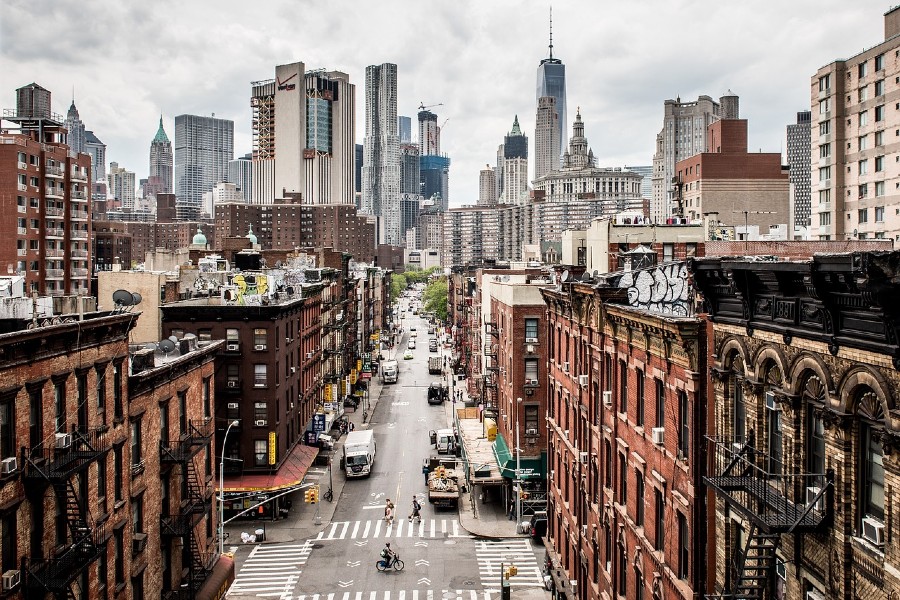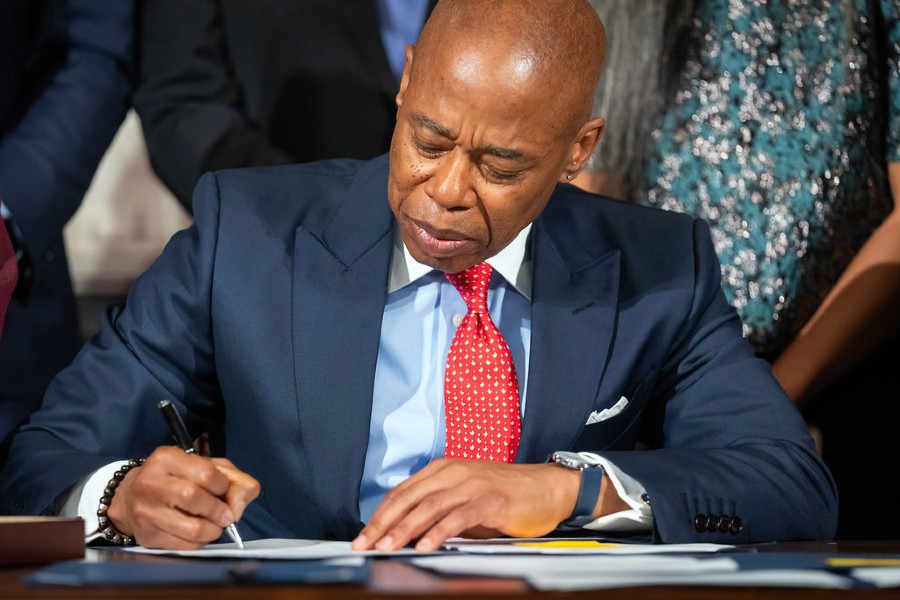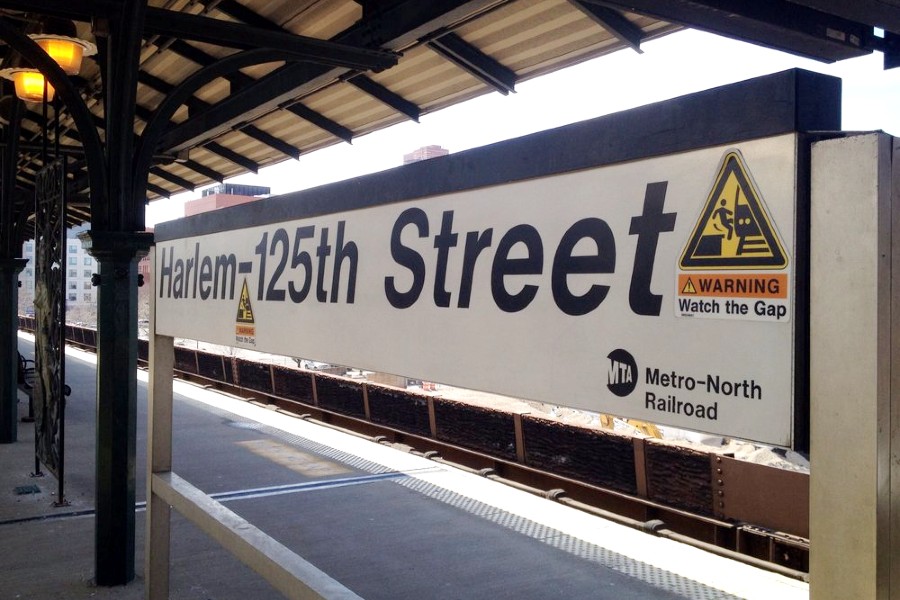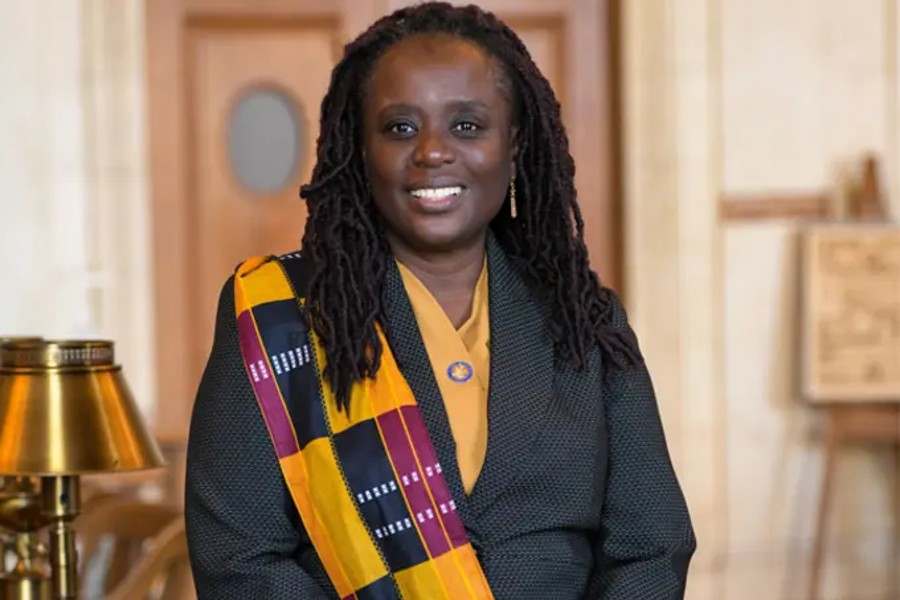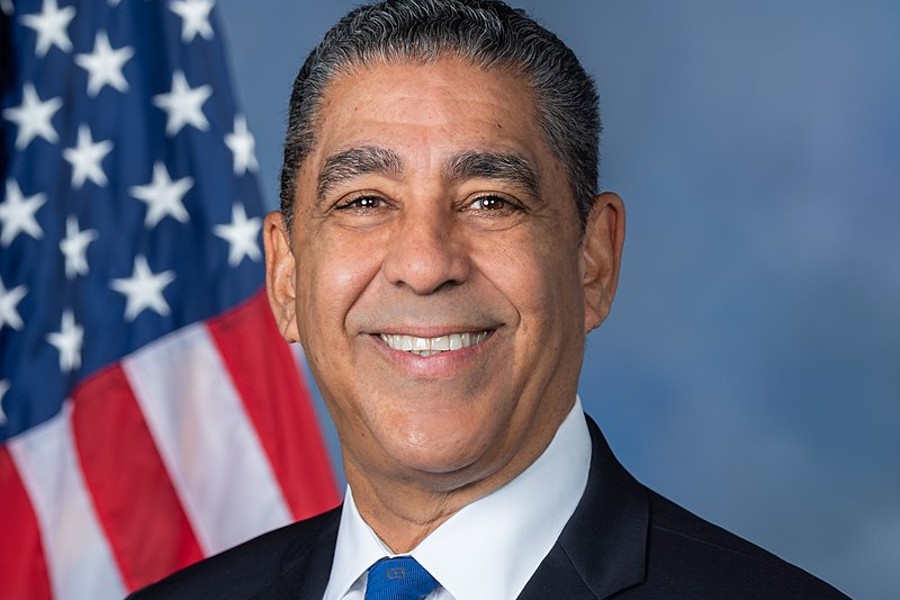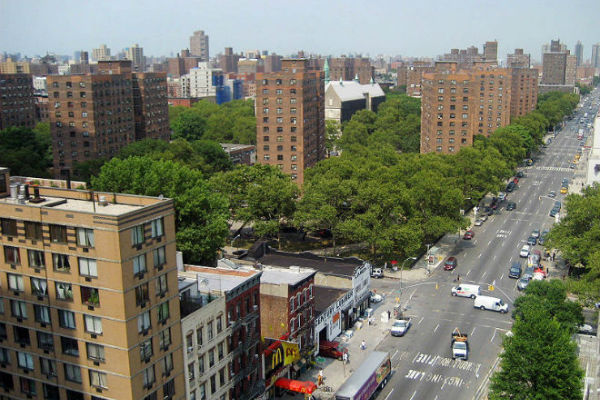 In recognition of Earth Day on Sunday, the Mayor announced the release of DOHMH’s latest New York City Community Air Survey (NYCCAS) results, which found continued improvements in air quality. The report highlights significant progress toward the Mayor’s OneNYC goal of achieving the cleanest air of any large U.S. city by 2030. The report also found that New York City’s air was the cleanest it has ever been since monitoring began in 2008. NYCCAS is the largest ongoing urban air monitoring program of any U.S. city. The survey can be found here.
In recognition of Earth Day on Sunday, the Mayor announced the release of DOHMH’s latest New York City Community Air Survey (NYCCAS) results, which found continued improvements in air quality. The report highlights significant progress toward the Mayor’s OneNYC goal of achieving the cleanest air of any large U.S. city by 2030. The report also found that New York City’s air was the cleanest it has ever been since monitoring began in 2008. NYCCAS is the largest ongoing urban air monitoring program of any U.S. city. The survey can be found here.
“Since the dawn of the industrial revolution, New Yorkers have not been able to breathe air this clean,” said Mayor de Blasio. “We are making significant strides in reducing air pollution to help protect the health of everyone in our city. That said, there is still much more work to do to bring down pollution in some parts of the city, where it disproportionately affects already vulnerable communities.”
“The latest New York City Community Air Survey shows that we are on the right track as air quality continues to improve, but there are still neighborhoods with poor air quality that can exacerbate respiratory disease,” said Health Commissioner Mary T. Bassett. “Mayor de Blasio’s OneNYC initiative is bringing us closer to our goal of ensuring that all New Yorkers are not susceptible to developing serious health problems caused by pollutants and that all residents are breathing the same clean air.”
NYCCAS shows seasonal trends in air pollution levels from winter 2008-2009 through fall 2016. It highlights sources that contribute to high levels of pollutants in New York City neighborhoods and provides maps of neighborhood air pollution levels by year.
NYCCAS findings:
- Annual average levels of fine particulate matter, nitrogen dioxide, nitric oxide and black carbon have declined 28 percent, 27 percent, 35 percent and 24 percent, respectively.
- The largest declines have been observed for sulfur dioxide due to City and State heating oil regulations, including the City’s efforts to phase out residual heating oil – wintertime average levels have declined by 95 percent.
- Summertime average ozone levels have remained stable.
- High levels of fine particulate matter, nitrogen dioxide, and nitric oxide continue to be observed in areas of high traffic density, building density, and industrial areas. These pollutants have been linked to adverse health outcomes, including an exacerbation of cardiovascular and respiratory disease.
- Higher sulfur dioxide levels are observed in areas with remaining residual oil boilers.
- Ozone levels are higher in the outer boroughs, specifically in areas that are downwind of high emissions density. Meanwhile, areas with fresh combustion emissions reduce the concentration of ozone.
The Health Department, in collaboration with Queens College of the City University of New York, samples air quality with monitoring units mounted on lampposts 10 to 12 feet off the ground. The monitors include an air pump and filters to collect fine particulate matter, while samplers mounted on the outside of unit absorb the gaseous pollutants nitric oxide, sulfur dioxide, and ozone. Laboratory analysis determines the amount of pollutants collected and their concentration in the air.
In 2015, Mayor de Blasio signed into law the most sweeping update to the City’s Air Pollution Control Code in 40 years. The revisions to the Code deleted outdated provisions and focused new standards on pollution sources that have had little or no emissions control requirements, including commercial char broilers, fireplaces, food trucks, and refrigeration vehicles. These sources, viewed as a whole, emit a significant amount of particulate matter.
“As the federal government works to weaken environmental protections, New York City demonstrates the value of local action to improve air quality,” said Daniel Zarrilli, New York City’s Senior Director of Climate Policy and Programs and Chief Resilience Officer. “Today’s announcement is great news for every New Yorker and highlights our success in reducing emissions and improving public health.”
“Clean air is one of the most important factors of public health and quality of life,” said Mark Chambers, Director of the Mayor’s Office of Sustainability. “Transitioning to electric vehicles, throwing out less waste, and using less energy continue the work of making our air the cleanest it has been in half a century.”
“The use of heavy heating oil was one of the most serious contributors to air pollution in New York City and, with significant input from a variety of stakeholders, we developed sensible regulations that helped 5,300 buildings switch to a cleaner fuel resulting in significantly healthier air for all New Yorkers,” said DEP Commissioner Vincent Sapienza. “Under Mayor de Blasio’s leadership, New York City is delivering on our commitment to be a sustainable city and a leader in environmental stewardship.”
Council Member Costa Constantinides, Chair of the Council’s Environmental Protection Committee, said, “This Earth Day, we’re proud to celebrate our city’s clean air and our environmental policies that have kept it clean. The Community Air Survey shows that the emissions reduction policies that we’ve implemented, especially reducing use of dirty heating oil, have proven effective. We will continue to work legislatively to ensure that ozone levels meet Clean Air Act standards and to ensure that all communities, including low-income neighborhoods, experience less pollution and better health outcomes. Thank you to Mayor de Blasio and DOH Commissioner Bassett for their partnership on improving our city’s environmental health.”
“New York City’s air quality has improved considerably due to sustained efforts at the city, state and federal levels, as was also reported in the recently released “State of the Air” report. Despite reaching historically clean levels, far too many New Yorkers continue to be exposed to unhealthy levels of air pollution. It’s imperative that New York continues to show leadership and helps lead the charge against any rollbacks of clean air safeguards on the federal level,” said American Lung Association National President & CEO, Harold Wimmer.
Become a Harlem Insider!
By submitting this form, you are consenting to receive marketing emails from: Harlem World Magazine, 2521 1/2 west 42nd street, Los Angeles, CA, 90008, https://www.harlemworldmagazine.com. You can revoke your consent to receive emails at any time by using the SafeUnsubscribe® link, found at the bottom of every email. Emails are serviced by Constant Contact



